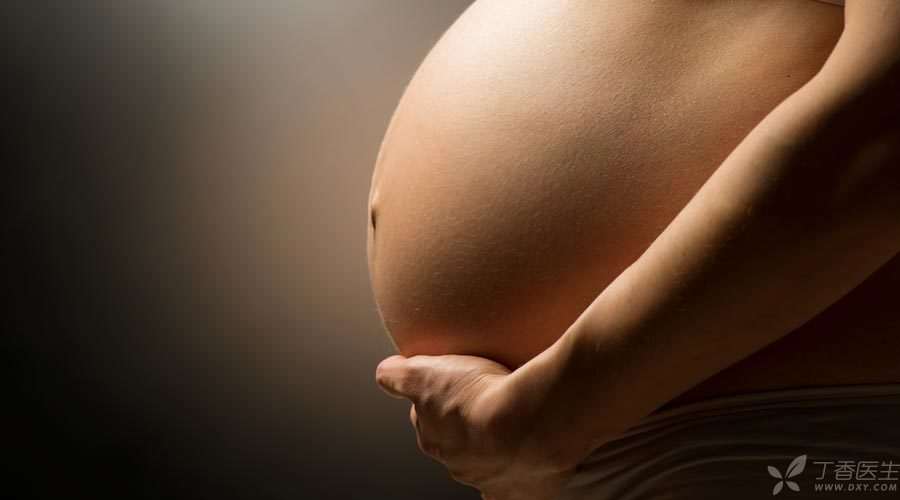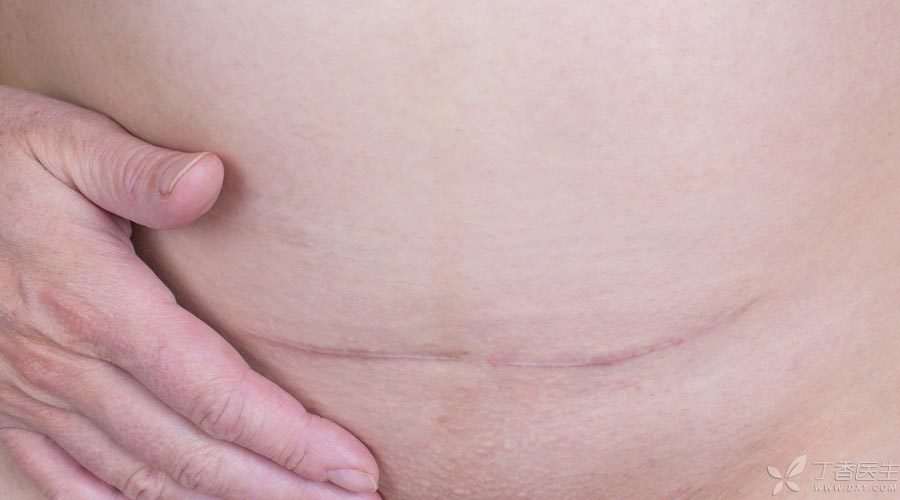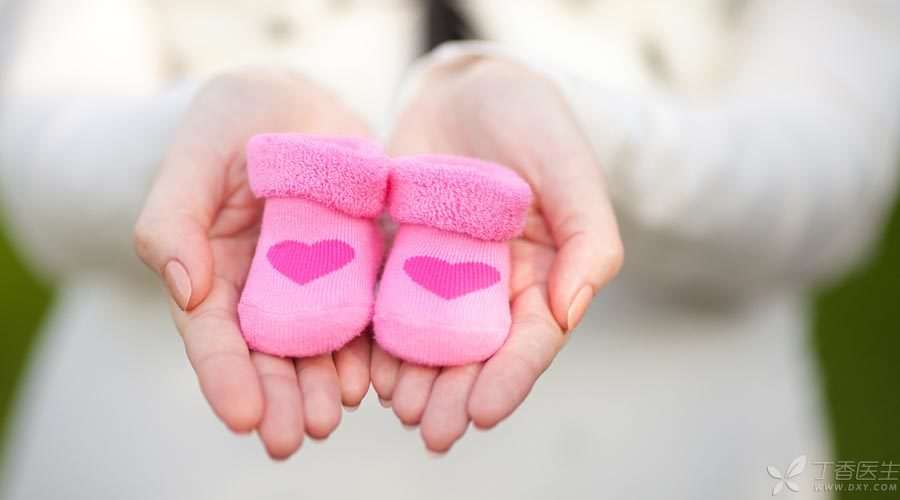
Do you care about the problems after caesarean section, look at this article?
How to nurse the incision after operation?
The principle of large nursing is the same as that of other surgical incisions.
In order to promote incision healing, you should:
STEP 1 Maintain hygiene
Keep the incision clean and dry, change dressing and gauze on time.
Step 2 Avoid pulling wounds
When coughing, sneezing or laughing, cover your abdomen with your hands near the incision.
Choose the right posture to sit, lie and walk without pulling the wound.
But don’t stop exercising for fear of wound splitting. It is suggested that mothers should exercise as soon as possible to avoid lower limb venous embolism and pulmonary embolism.
STEP 3 Don’t lift heavy objects
Especially in the first two weeks after caesarean section. How do you calculate the weight? Don’t be heavier than your baby.
Step 4 Take painkillers
When the wound is painful, ibuprofen, acetaminophen and other painkillers can be used.
放心, 这些药物不会影响妈妈哺乳.
Always afraid of incision infection, how to calculate good recovery?
If the following conditions occur, indicating the possibility of incision infection, it is necessary to report to the doctor in time:
- The incision is red and swollen. Liquid leaked out of the incision; Fever over 38 ℃; The pain around the incision intensified.
Generally speaking, if the abdominal transverse incision heals well, the stitches can be removed within 5-6 days, and some hospitals will also use non-removal sutures.

The operation used anesthetic, can still breast-feed?
Yes!
Anesthetic used in caesarean section, It is mainly concentrated in the nerve near the injection site, and the drugs entering the blood circulation are very few. And after 3-6 hours, the concentration of narcotic drugs in plasma will be reduced by half. In addition, narcotic drugs want to enter breast milk from blood, but also through a [blood-milk barrier], and the content in breast milk is even less and negligible.
Therefore, after caesarean section, there is no need to worry that anesthetics will affect breast feeding.
Is it more appropriate to nurse the baby with what posture?
The general principle is that you and your baby are comfortable and avoid pulling the incision.
When you hold the baby, you can put a pillow between the incision and the baby to reduce discomfort.
The following two postures are very useful:
1. Ball-supporting type
Hold the baby’s head with one hand open, with his face facing your breasts, with the baby’s back resting on your forearm and the other hand holding your breasts. It is more comfortable to put a pillow on your thigh or sit on a wide chair with low armrests when using this posture.
2. Lateral support type
Lie on your side, holding the baby with one hand facing the breast, holding one of your breasts with the other hand, and touching the baby’s lips with the nipple. When the baby starts sucking with your nipple in hand, one arm still holds the baby and the other arm can relax to support his head.
The words are too difficult to understand? Look directly at the picture! Click on the link > > > a picture to read the correct breast-feeding posture.
How long can I get pregnant again?
It is about the same time that you can get pregnant again after giving birth, that is, the interval between giving birth is 18 to 23 months. However, the longer the better.
If the mother is already in her 30s, the difficulty of getting pregnant again will increase and the risk of giving birth to a baby will also increase. In this case, it is recommended to consult an obstetrician and make a comprehensive decision on whether the interval between pregnancy again can be shortened.
Is it possible to have a second child next time?
You can try.
After caesarean section, the benefits of a second child giving birth smoothly are more than that of another caesarean section. If you are still preparing to give birth to a third baby, then the second child should try to give birth smoothly.
If the last caesarean section incision was a transverse incision in the lower segment of the uterus (currently the most commonly used incision), the risk of uterine rupture during natural labor is less than 1%. Although the incidence rate is low, mothers and their families should also be aware of the risk.
If the mother of the second child can give birth smoothly through the evaluation, then boldly give birth smoothly! Remember to choose a hospital that can support the natural delivery after caesarean section, and be prepared for the possibility of another caesarean section.
What other problems should we pay attention to?
The recovery process of caesarean section is still the recovery process after pregnancy and childbirth, so the mother of caesarean section also needs to pay attention to the problems that need to be paid attention to after childbirth.
1. Vaginal secretions (lochia)
In the first three or four days after delivery, bright red blood will flow out of the vagina with small blood clots.
About ten days after delivery, the effluent decreased and the color gradually faded to pink.
Subsequently, the liquid flowing out of the vagina will become thicker and white.
Llochia after cesarean section generally lasts longer than vaginal delivery. If lochia still exists after one month and is accompanied by malodor, tell the doctor in time.
2. Contraction
In the first few days after caesarean section, some mothers still feel uterine contraction pain, sometimes aggravating during lactation.
Uterine contraction, which feels very much like dysmenorrhea, can help compress uterine blood vessels and prevent excessive bleeding.
This kind of situation does not require special treatment, and painkillers can also be taken to relieve the pain.
However, if the mother has fever or abdominal tenderness, it indicates the possibility of infection. Attention should be paid to it.
3. Mood Fluctuation
Many new mothers experience slight malaise, but this melancholy usually subsides within a week or two.
Discomfort and fatigue are common. Stay calm and rest more.
At this time, it is time for fathers to play their role and accompany their mothers through this period of depression.
If the mother’s depression lasts for a long time and does not improve, it is difficult to take care of the baby or complete daily life tasks, and even when she has the idea of hurting herself and the baby, the family must tell the doctor.

Postpartum recovery
Step 1 Replenish water
Remember to take in sufficient water after delivery to make up for the water lost during childbirth and lactation. At the same time, it can also prevent constipation, promote mother’s urination and restore the function of smooth urination.
Step 2 Exercise
Most women lose more than 9 kg during childbirth, including the weight of babies, placenta and amniotic fluid.
After that, a healthy diet and proper exercise will help mothers return to their charming curves before pregnancy.
Usually, within six weeks, you can do some simple exercises. After six weeks, you can gradually begin to exercise like a normal person.
Specific methods, poke link > > > teach you to be a hot mom easily!
3. Review
About six weeks after delivery, a reexamination is required.
Doctors will examine your abdomen, vagina, uterus and wounds to confirm your postpartum recovery.
Make full use of this opportunity to have a good communication with doctors, and talk about various issues such as restoring sex life, birth control, breast-feeding and life adaptation after having a baby, as well as questions about body and emotion.
Doctors are likely to be able to provide some advice and confidence on how to adapt to your life after adding new recruits.
After watching so much, will you feel:
Ah, it’s tiring to have a child ~
But believe me, when you hold the baby, look at his closed eyes, move his small mouth, and lean weakly in your arms, you will surely feel that for this little angel, the pain of the past ten months and the knife in his stomach are all worth it.
